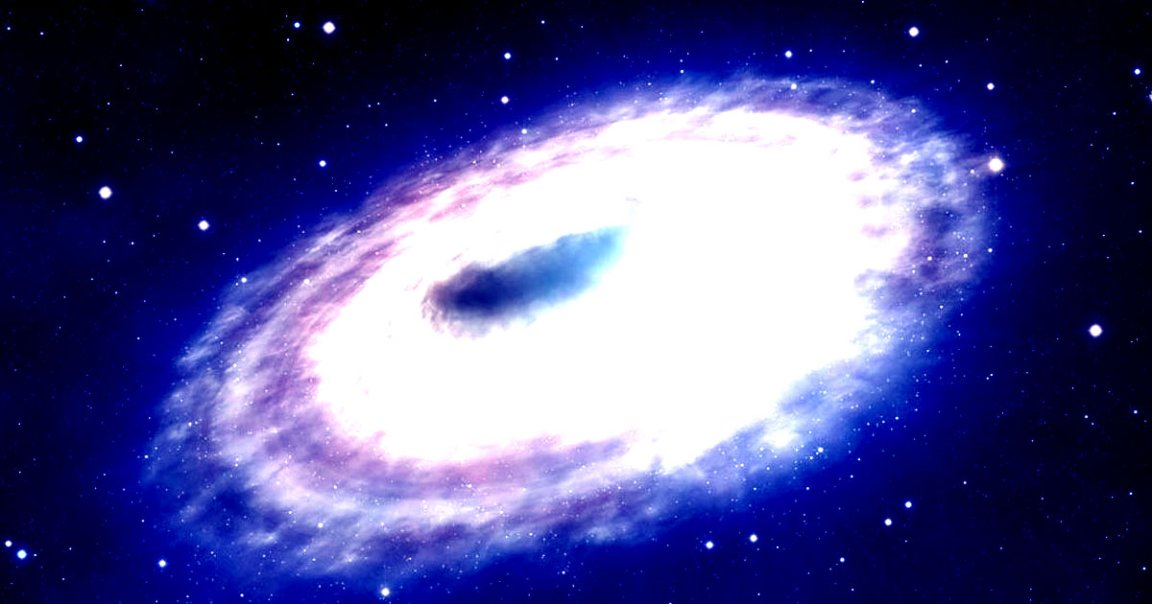
Bright Flare
The supermassive black hole at the center of the Milky Way, Sagittarius A*, grew 75 times brighter than usual over a two hour span — a flabbergasting cosmic event, since it’s usually not very active and doesn’t fluctuate much in brightness.
“I was pretty surprised at first and then very excited,” astronomer Tuan Do of the University of California Los Angeles told ScienceAlert. “The black hole was so bright I at first mistook it for the star S0-2, because I had never seen Sgr A* that bright.”
Swallowing Stars
The team of astronomers led by Do used data gathered by the W. M. Keck Observatory near the summit of Maunakea in Hawaii. Their observations, dating back to May of this year, were published in the The Astrophysical Journal Letters this month.
The flare up could have been caused by a nearby object being swallowed up by Sagittarius A* — an “accretion” event, as astronomers call it.
One possible victim: star S0-2, which orbits the black hole once every 16 years, could have had parts of it vacuumed up by the black hole, which could have “changed the way gas flows into the black hole, and so more gas is falling on it, leading it to become more variable,” Do told ScienceAlert.
READ MORE: Our Galaxy’s Supermassive Black Hole Has Emitted a Mysteriously Bright Flare [ScienceAlert]
More on Sagittarius A*: Here’s the Best-Ever Image of the Black Hole Devouring Our Galaxy